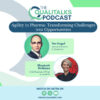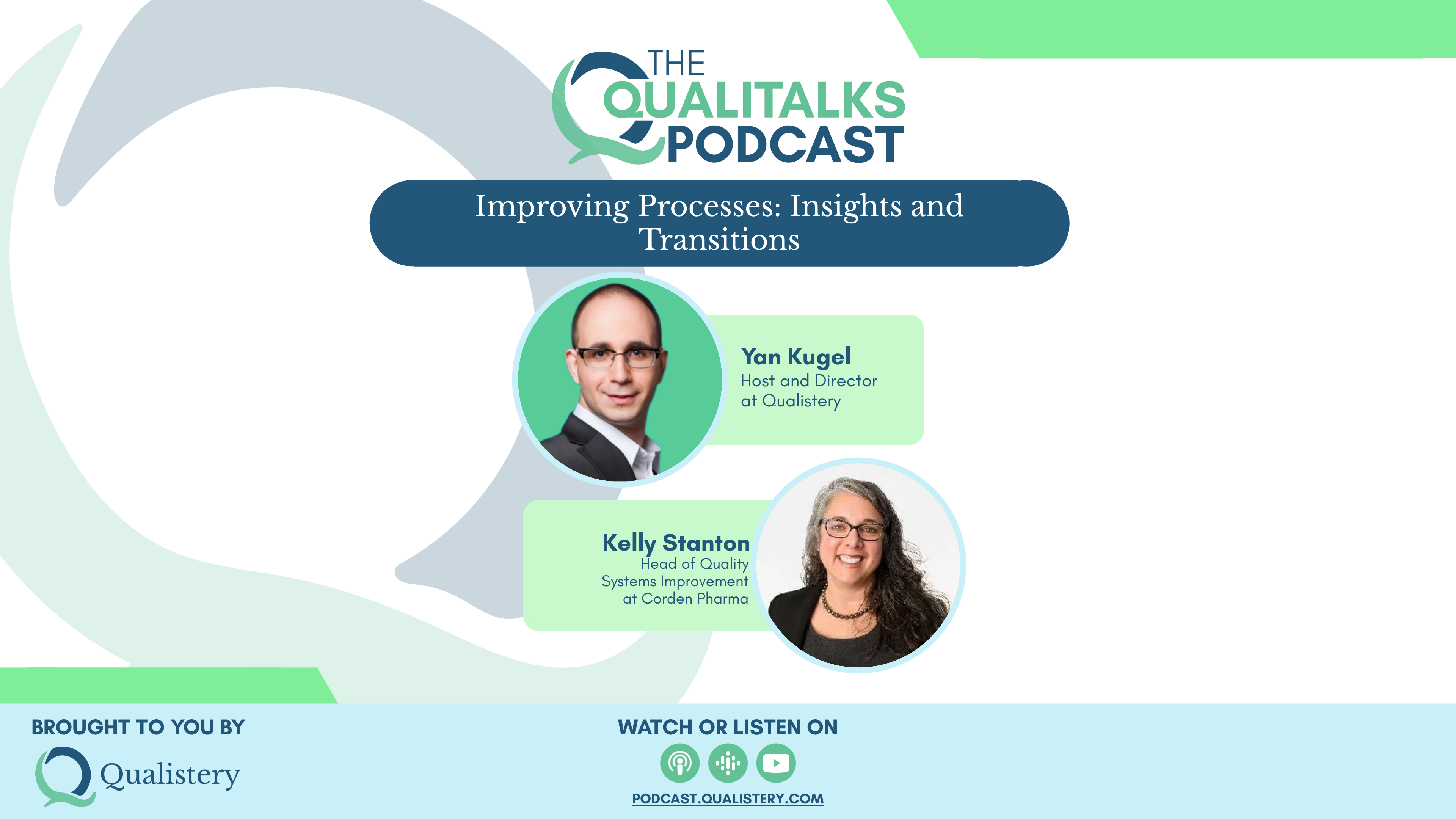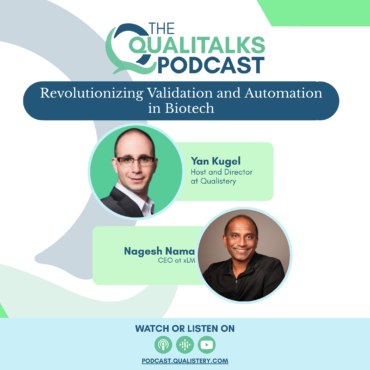Revolutionizing Validation and Automation in Biotech [Nagesh Nama]
In this podcast episode, Nagesh Nama shares his expertise in incorporating AI into validated processes within the pharmaceutical industry. He discusses the benefits, challenges, and best practices of using AI […]





